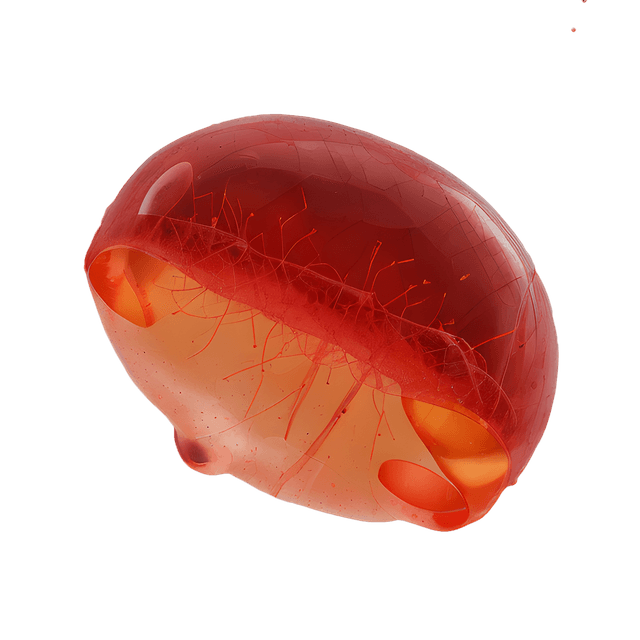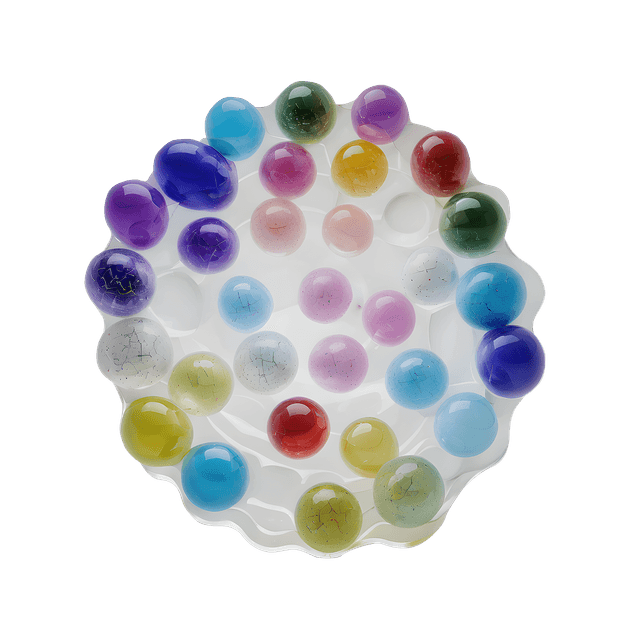For many with mild to moderate grass allergies, over-the-counter medications can be very helpful in relieving symptoms. These medications may include antihistamines and nasal sprays, which can reduce sneezing, runny nose, and itchy eyes.
For people with severe grass allergies and those who do not get adequate relief from over-the-counter medications, allergy shots may be a worthwhile option. Allergy vaccination, also known as immunotherapy, involves administering small amounts of the allergen over a controlled period to gradually increase the body's tolerance to it. This can help reduce allergy symptoms and make it easier to manage the grass allergy in the long term.
Causes of grass allergy
Grass allergy is one of the most common forms of pollen allergy and is a result of the immune system developing antibodies against pollen from different types of grass. When individuals inhale grass pollen, the immune system activates a reaction that includes the release of various substances, including histamine. This process results in a range of allergy symptoms, including itchy eyes and nose, nasal congestion and runny nose. The grass pollen season usually begins in mid-May and runs through September. It is during the dry and hot summer days that the pollen content from different types of grass reaches its peak. Although many people know that timothy can trigger allergic reactions, it is important to understand that there are many different types of grass that can cause allergic reactions. People with a grass allergy can be sensitive to several different types of grass, which can prolong the period of unpleasant symptoms and discomfort.
Here are some examples of foods that can trigger allergic reactions in people with grass allergies:
- Grains: Grains such as wheat, barley, oats and rye can sometimes cause allergic reactions in individuals with grass allergies.
- Corn: Corn is another common component of many foods and can be an allergic trigger for people with grass allergies.
- Rice: Although rice is rarely an allergic trigger, some individuals with grass allergies may be sensitive to it.
- Tomatoes and products. People with grass allergies may experience allergic reactions when consuming tomatoes or products containing them.
- Legumes: Legumes such as peanuts, peas and soybeans can be problematic for people with grass allergies.





















